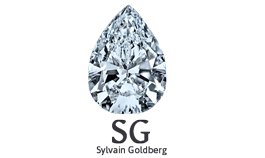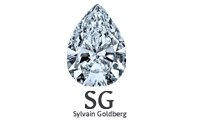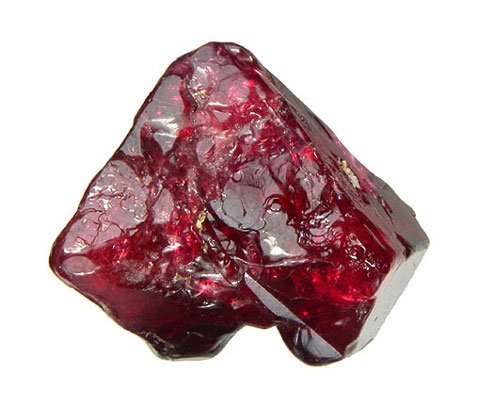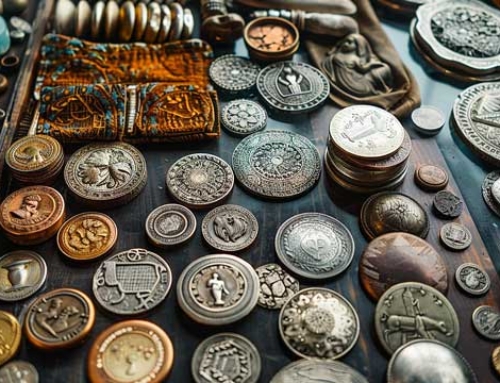Why do you need to know spinel? Because it is perhaps the most underestimated gemstone in the world. It’s been used since ancient times, but it’s only in recent decades that it’s really making a comeback as a replacement for ruby.
When was it discovered? Already in 1783. For a long time, it was confused with ruby or even sapphire, because they exist in a very wide range of colors: red, orange, pink, purple and blue. They are found worldwide in, among others, Afghanistan, Sri Lanka, Myanmar, Thailand, Madagascar, Russia and the USA.
Spotted at? In the 14th century British crown jewels – to be seen in the Tower of London – there are two spinel jewels that have been considered rubies for centuries. The ‘Black prince ruby’ (170 carats) came into the hands of King Edward in 1367. The ‘Timor’ ruby has 352 carats and has been used in a necklace since 1853. The six previous owners, from the 14th century onwards, are engraved in it.
The largest spinel in the world – 500 carats – is in the Iranian crown jewels. During her coronation to czarina in 1762, Catherine the Great wore a jewel with a spinel in it: one of 398 carats. Nowadays almost all major jewelry brands work with spinel as a ruby variation.
Price tag? Spinel stones of top quality (2 to 5 carats) cost 3,000 to 5,000 dollars per carat.
Solid as a rock? With a hardness of 8, spinel is ideal for making jewelry. There have also been synthetic spinels in recent years.







